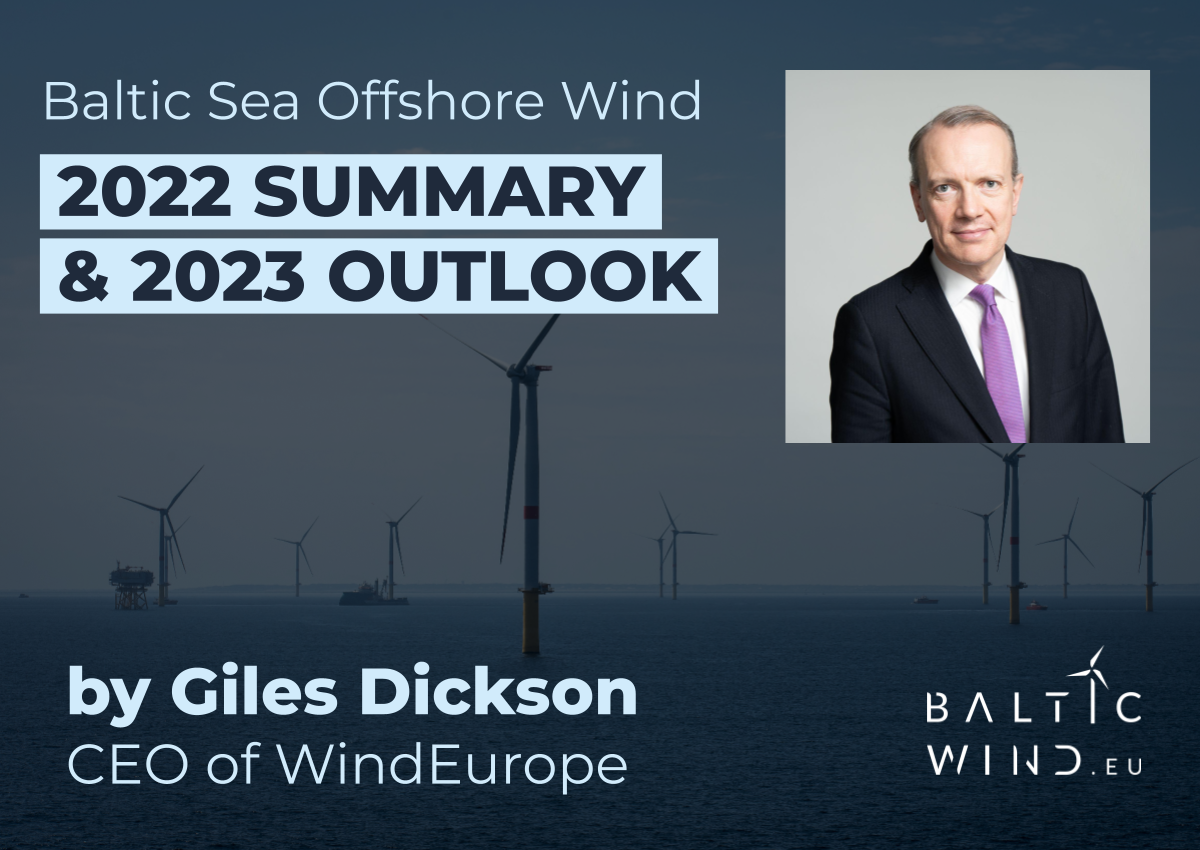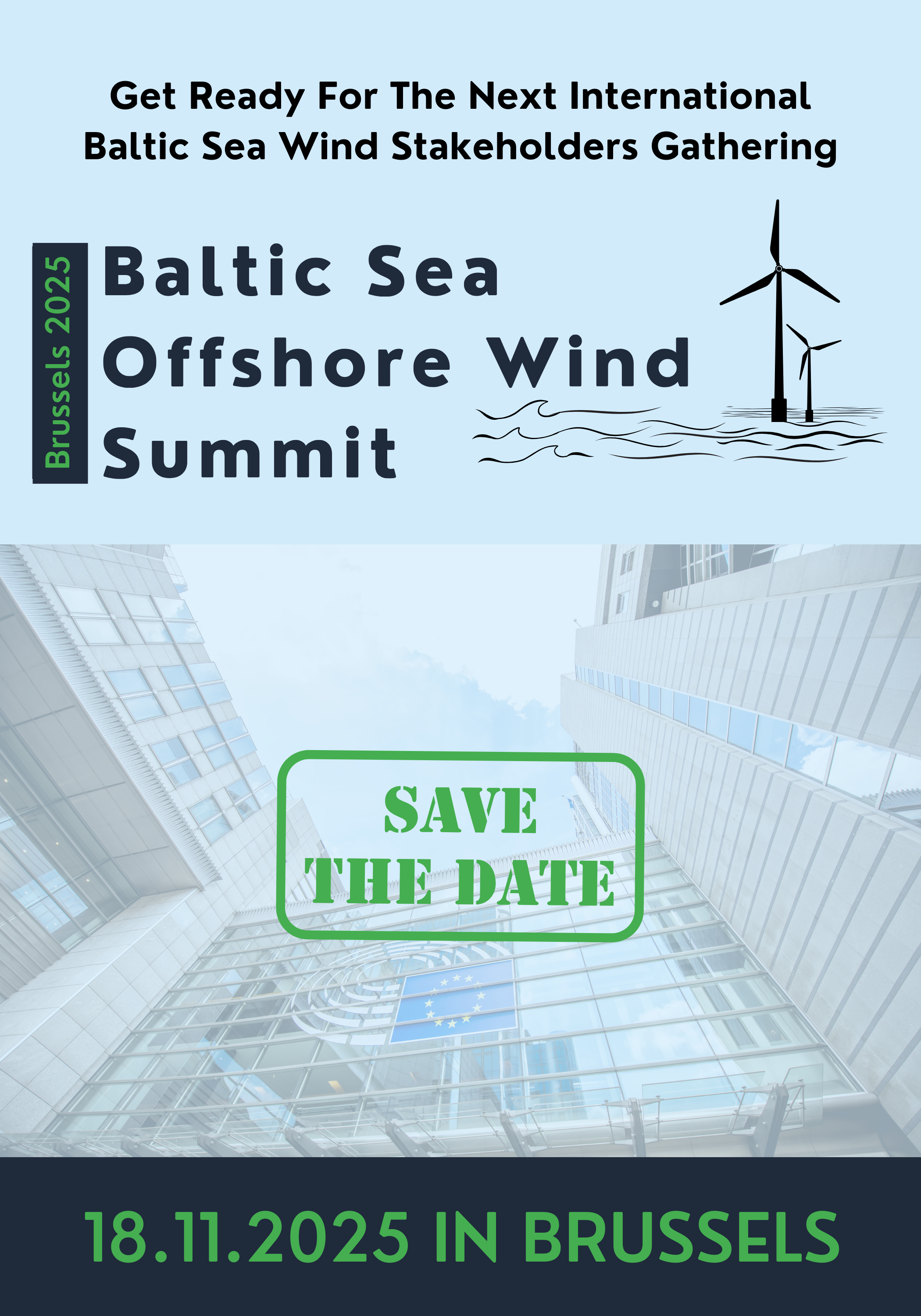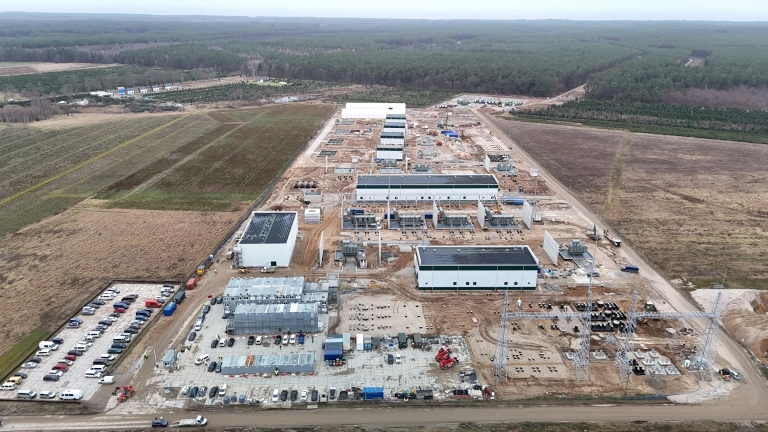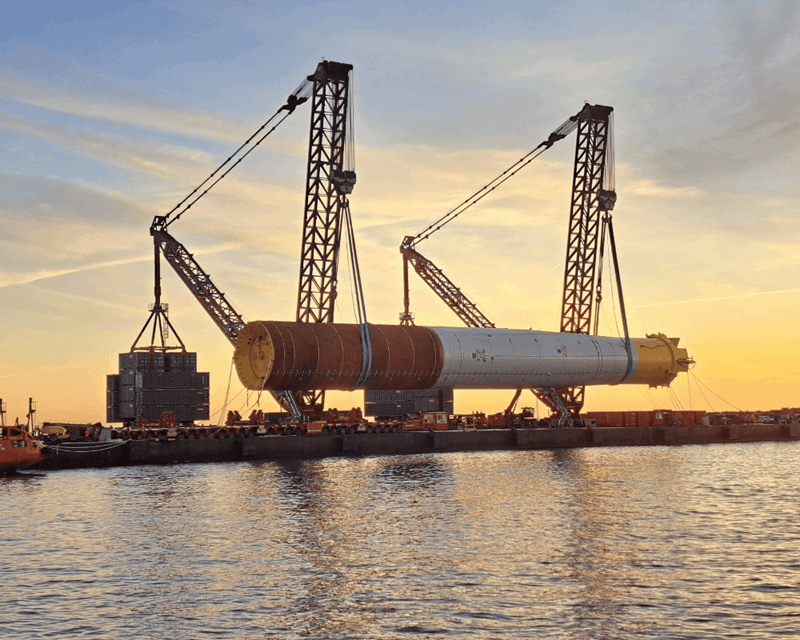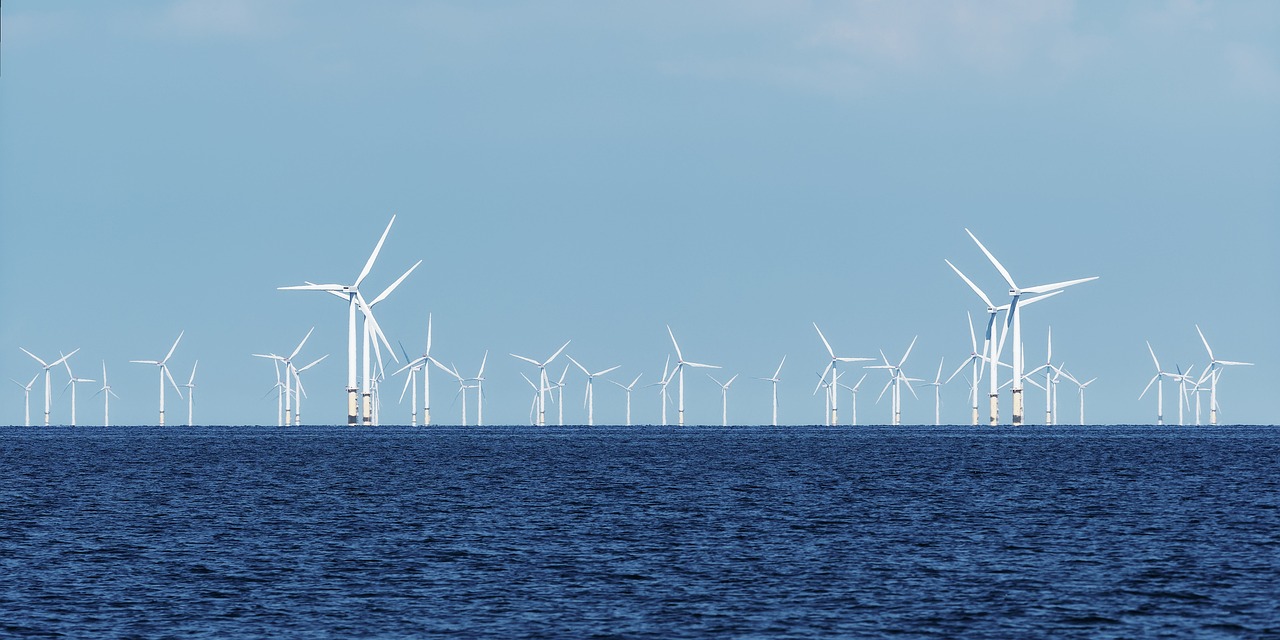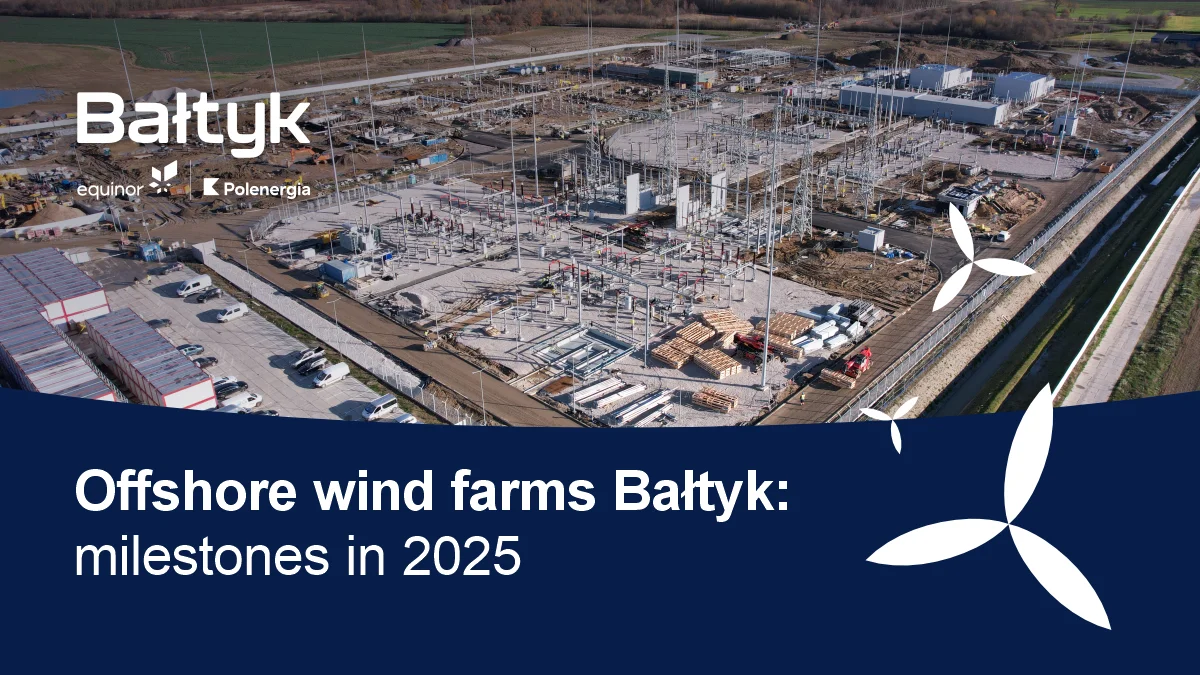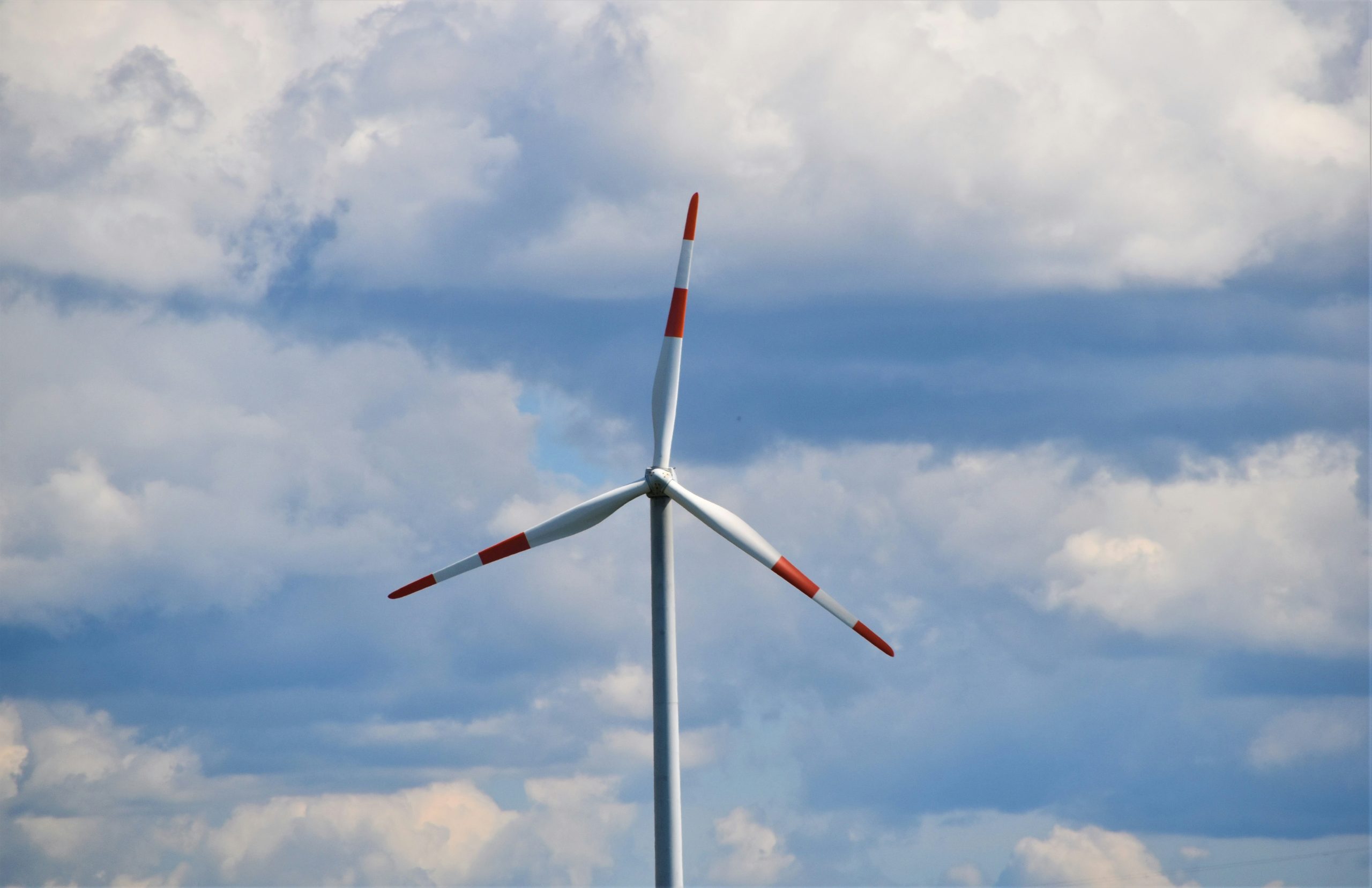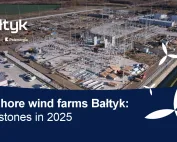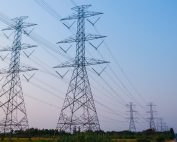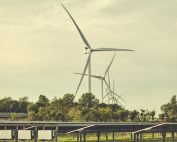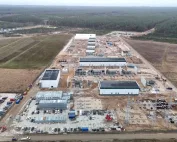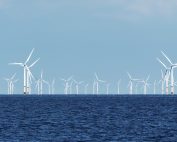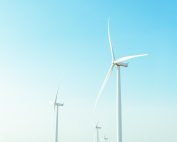The year 2022 was full of events that are permanently changing the conditions for the offshore wind industry. We asked industry leaders and key policy-makers for their assessment of what has been achieved in the past year and what the forecasts are for 2023. In the first interview of the „Baltic Sea Offshore Wind – 2022 Summary & 2023 Outlook” series, we present the opinions of Giles Dickson, CEO of WindEurope.
2022 Summary
1) From my perspective the most important development for the offshore wind industry in 2022 was…
…that the European Union confirmed that the rapid expansion of offshore wind is key to Europe’s energy security. The war in Ukraine and the Russian energy blackmailing have shown how important competitive and home-grown sources of energy are for Europe’s companies and households. The EU now wants 110 GW of offshore wind by 2030, up from only 15 GW today. Heads of State doubled down on more ambitious national offshore wind targets in the Esbjerg Declaration (offshore wind in the North Sea) and the Marienborg Declaration (offshore wind in the Baltic Sea). Despite the current energy and security crisis, Heads of State and European Commission President Ursula von der Leyen convened for a full day each to sign these Declarations. This underlines the value the EU and national Governments collectively see in offshore wind now. With its new Clean Tech Europe platform, the EU is also developing a more strategic approach to securing its clean energy industrial base and expanding its offshore wind production capacities.
2) Our main achievements in 2022 are…
The success stories of 2022 prove that the industry is ready to deliver huge volumes of offshore wind, while continuously improving offshore wind technology. This year the largest wind farm in the word came online: Hornsea Two, 90 km off the coast of Yorkshire in the UK, has 165 turbines of 8 MW each, adding up to a total capacity of 1.3 GW. It will provide power to more than 1.4 million UK homes.
Meanwhile offshore wind turbines keep evolving. The European OEMs Siemens Gamesa, GE and Vestas are now testing prototype turbines with up to 15 MW. But the technology is also getting smarter and more sustainable. Siemens Gamesa has installed a new blade design that will allow for more circularity and improve the recovery of wind turbine blades. This comes on the back of WindEurope’s call for a landfill ban for wind turbine blades by 2025. Many other OEMs and utilities have announced their own sustainability and recycling targets.
In the Offshore Coalition for Energy and Nature (OCEaN) the wind industry, TSOs and environmental NGOs have shown how offshore wind expansion and biodiversity protection can go hand in hand. During a joint event in Brussels in October I was impressed by the already existing best practices and by new concepts like Ørsted’s plan to install 3D-printed artificial reefs at the foot of an offshore wind turbine. Together with the World Wildlife Fund (WWF) Ørsted also announced the goal to build offshore wind turbines that have a net-positive impact on biodiversity.
2023 Outlook
3) An important challenge for offshore wind development in 2023…
Many challenges remain. The EU and national Governments now want 110 GW of offshore wind by 2030. This requires huge investments in the offshore wind supply chain. Today Europe’s offshore wind factories can make 7 GW per annum of turbines today. They will need to produce 20 GW per annum from 2026. We are already seeing the first bottlenecks in the manufacturing of foundations.
Europe also needs to double its annual investments in grids, not only new offshore grids but also reinforcements of the onshore grid connections. It needs to strengthen its port infrastructure with investments of around €8.5bn by 2030. And it needs to invest in new vessels if we want to avoid a shortage of offshore wind vessels by the end of the decade.
We need those investments – not least because new countries are joining the offshore wind game. Spain and Ireland are set to run its first offshore wind auctions in 2023. Greece, Portugal and Italy are taking important steps. Ireland, Lithuania and Norway announced their offshore wind auction designs. These countries should build on the expertise of other countries, especially when it comes to legal frameworks for offshore wind, maritime spatial planning, permitting and auction design. In most of these countries offshore wind will look fundamentally different to what we are used to in the North Sea and the Baltic Sea. It will be largely floating wind turbines. This means that Europe will have to ramp up its floating offshore wind supply chain, including investments in new and reinforced factories and assembly docks.
4) In 2023 we will focus in particular on…
…getting the European offshore wind sector ready for the large expansion ahead of us. Today offshore wind provides jobs for 77.000 workers in Europe. By 2030 this number will rise to 200.000. This means that we will need to attract more talent to the industry. We will focus our work on showcasing the various job profiles in offshore wind, collaborating with schools and universities, and providing the right skills and trainings to new hires. This includes re-skilling and up-skilling workers who are currently employed in other sectors or unemployed.
Another fundamental change of perspective for 2023 is the move towards more qualitative criteria in offshore wind auctions. Auction design must award the benefits of wind energy for system integration, biodiversity protection, local job and value creation and sustainability. In the Netherlands, for example, RWE just won a 700 MW auction that focused on system integration. Aside from the offshore wind turbines, RWE’s winning bid pledged to build electrolysers for renewable hydrogen production and other flexible demand solutions such as e-boilers and battery storage. Another Dutch 700 MW auction asked offshore wind developers to come forward with innovative solutions to biodiversity protection. We need more of this in 2023. We will work with other countries to define auction criteria that reward the wider value of wind.
